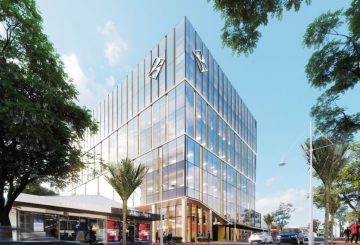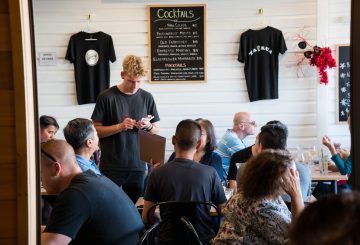뉴질랜드 정부는 ‘Strong Wool’ 부문의 성장을 돕기 위한 3개년 계획을 지지하고 있다.
Strong Wool은 섬유가 두꺼운 양모 등급을 나타낸다. 데미안 오코너(Damien O’Connor) 농무부 장관은 정부가 지속가능 식품섬유 선물기금으로부터 450만 달러를 지원받아 울 임팩트(Wool Impact)라고 불리는 이 계획을 지지하고 있다고 말했다.
울 임팩트(Wool Impact)의 목적은 해당 부문의 혁신을 촉진하고 신제품 범주와 새로운 국제 시장에 투자하는 것이다.
장관은 “이번 계획은 [Strong Wool]이 합성섬유를 대체할 수 있도록 설득력 있고 저렴한 대체재로 만들 뿐 아니라 지난 30년 동안의 현저한 투자 부족을 역전시키고자 한다”고 말했다. 또 Strong Wool는 다양한 용도로 쓰이며 지금은 소비자와 기업이 천연 섬유를 최대한 활용해야 할 때라고 덧붙였다.
“소비자들이 사람과 생산지를 고려해 만든 제품에 더 많은 관심을 가짐에 따라 뉴질랜드는 이 훌륭한 섬유를 지구촌에 공급하는 데 주도적인 역할을 할 수 있다. 전세계 디자이너, 구매자, 소비자 및 집주인 등이 비용이 아닌 양모의 가치를 인식하길 바란다. 양털 생산에 더 투자하는 축산업자들이 생기길 바란다. 이러한 것들이 이 프로젝트의 성공을 가늠하는 지표가 될 것이다”고 끝맺었다.






























































